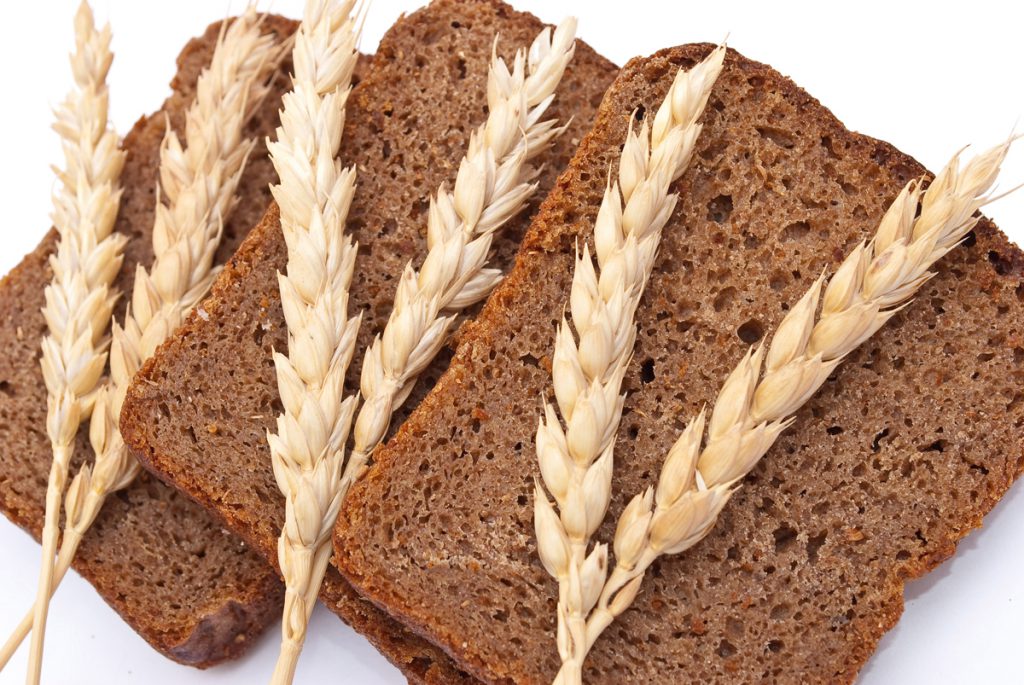
This edition contains the following articles:
- In Memory of Mary Austin
- What method of measuring whole grains does NDSR use?
- Price Increases Coming July 1
- NDSR Training available May 15-16
In Memory of Mary Austin
It is with great sadness that we share the news that our dear colleague, Mary Austin, passed away on April 3, 2023. She worked at the Nutrition Coordinating Center for over 33 years and was an integral part of our team, managing client data for NCC Research Services and keeping things running smoothly for our NDSR Trainings. Mary also contributed to the larger University community through decades of union service and serving as President of AFSCME Local 3937: University of Minnesota Technical Employee Unit since 2015. We are missing her, trying to adjust to her absence, and grateful for everything she contributed over the years.

What method of measuring whole grains does NDSR use?
A recent article in the American Journal of Clinical Nutrition by Du et al compared the use of several existing definitions of whole grains, and suggested that there is a need for a standard definition to help researchers, consumers, and food companies. An editorial corresponding to that article, written by Jacobs and Pereira, suggests that looking at the actual amount of whole grain in the food would be a valuable method for consistency.
The article and accompanying editorial may have you wondering what measurement method NDSR uses. NDSR uses two methods, which means there are multiple measures of whole grains available in NDSR output files.
One measure–‘Whole Grains (ounce equivalents)’ in output files 01-06–is based on the USDA Food Patterns Equivalents Database (FPED) approach in which the amounts of both whole and refined grains in a food product are taken into account so that products containing a combination of these ingredients contribute to ounce equivalents of each type of grain. For example, a 1 ounce slice of multigrain bread containing equal parts of whole and refined grain ingredients would be counted as providing 0.5 whole grain ounce equivalents and 0.5 refined grain ounce equivalents.
The other method of measuring whole grains in NDSR, which is part of the NCC Food Group Serving Count System (output files 07-11), uses a classification system in which grain products are classified into three categories—‘whole grain’, ‘some whole grain’, and ‘refined grain’. The classification of a grain product into one of these categories is based on the types of grain ingredients and the position of these ingredients on the product label. If a whole grain ingredient is the first ingredient on the food label, the food is categorized as a ‘whole grain’. If a whole grain ingredient appears anywhere else on the label, the food is categorized as a ‘some whole grain’. If there are no whole grain ingredients in the product it is classified as ‘refined grain’.
More information about these whole grain classification methods and variables may be found in Appendix 10 of the NDSR User Manual (see pages A10.5-A10.13 and A10.34-A10.36).

Price Increases Coming July 2023
Effective July 1, 2023, licensing and annual support fees will increase by 2% in order to keep pace, in part, with current inflationary increases in expenses. The new pricing is as follows:
NDSR License – Initial Copy: $6,480 (increase of $130)
NDSR License – Additional Copy: $4,200 (increase of $80)
Annual Support – Initial Copy: $4,315 (increase of $85)
Annual Support – Additional Copy: $685 (increase of $15)
Note that a reinstatement fee applies for returning clients who have not maintained annual support.
Contact the NCC User Support team for any additional questions.

NDSR Training available May 15-16
We have added another NDSR Training workshop to our schedule for the spring due to popular demand. The training will be held via Zoom on Monday and Tuesday, May 15th and 16th from 9am-5pm Central Time. Registration will close on Wednesday, May 3rd, so register soon if you wish to attend. Registration is also open for training on June 12 & 13 and August 14 & 15.

